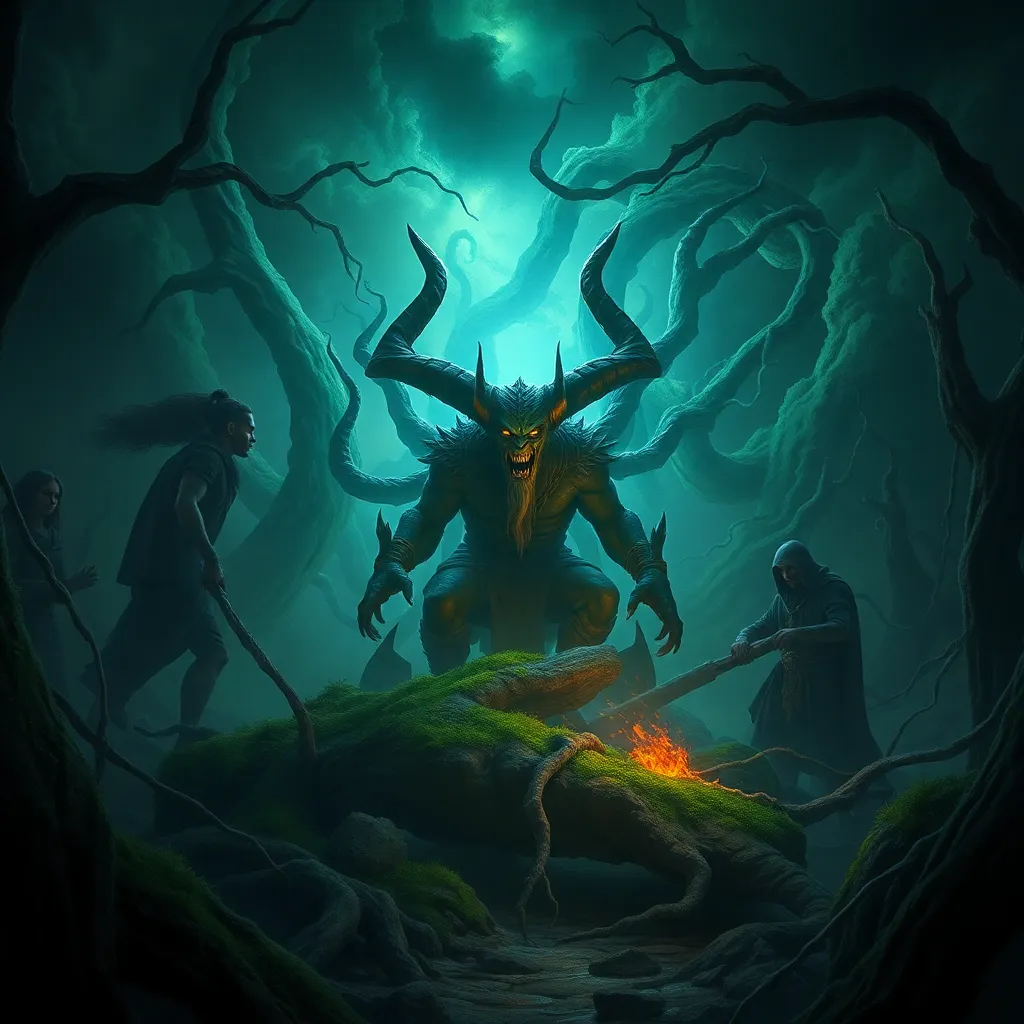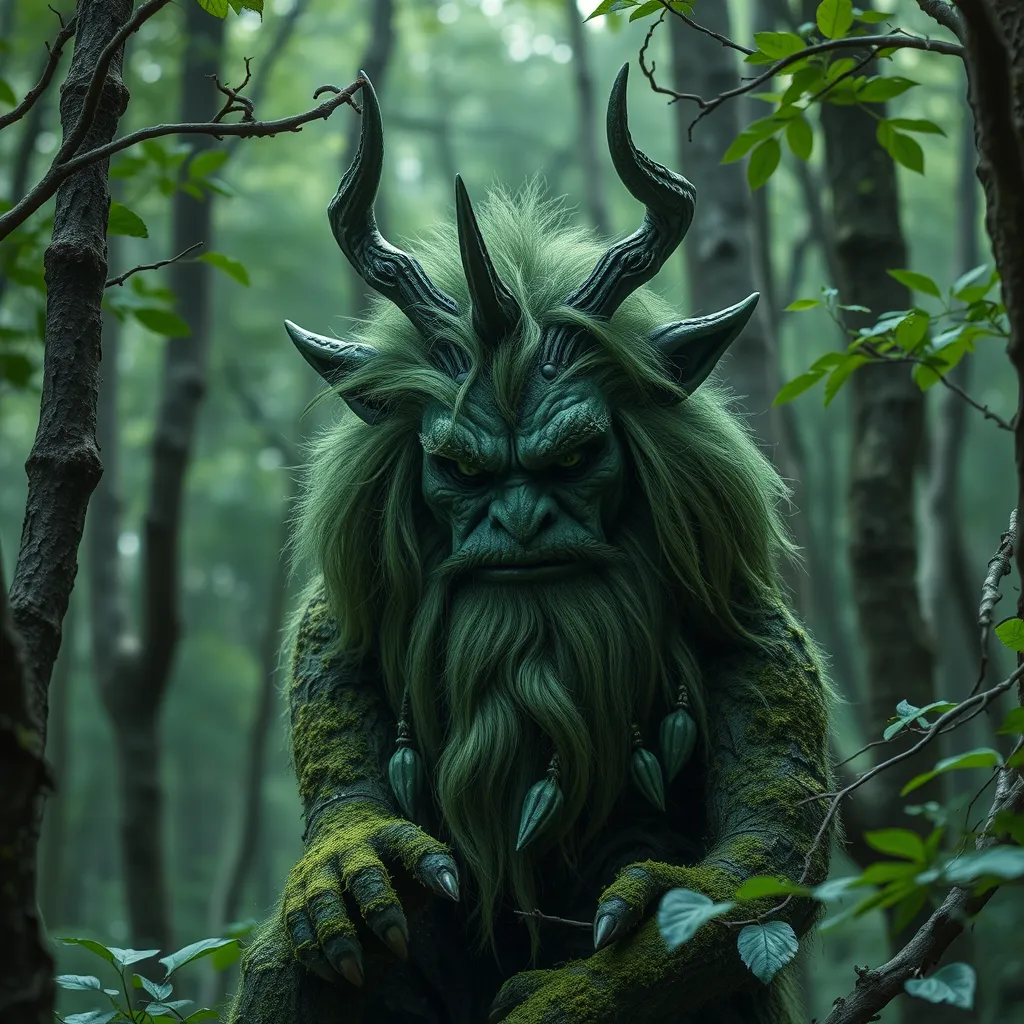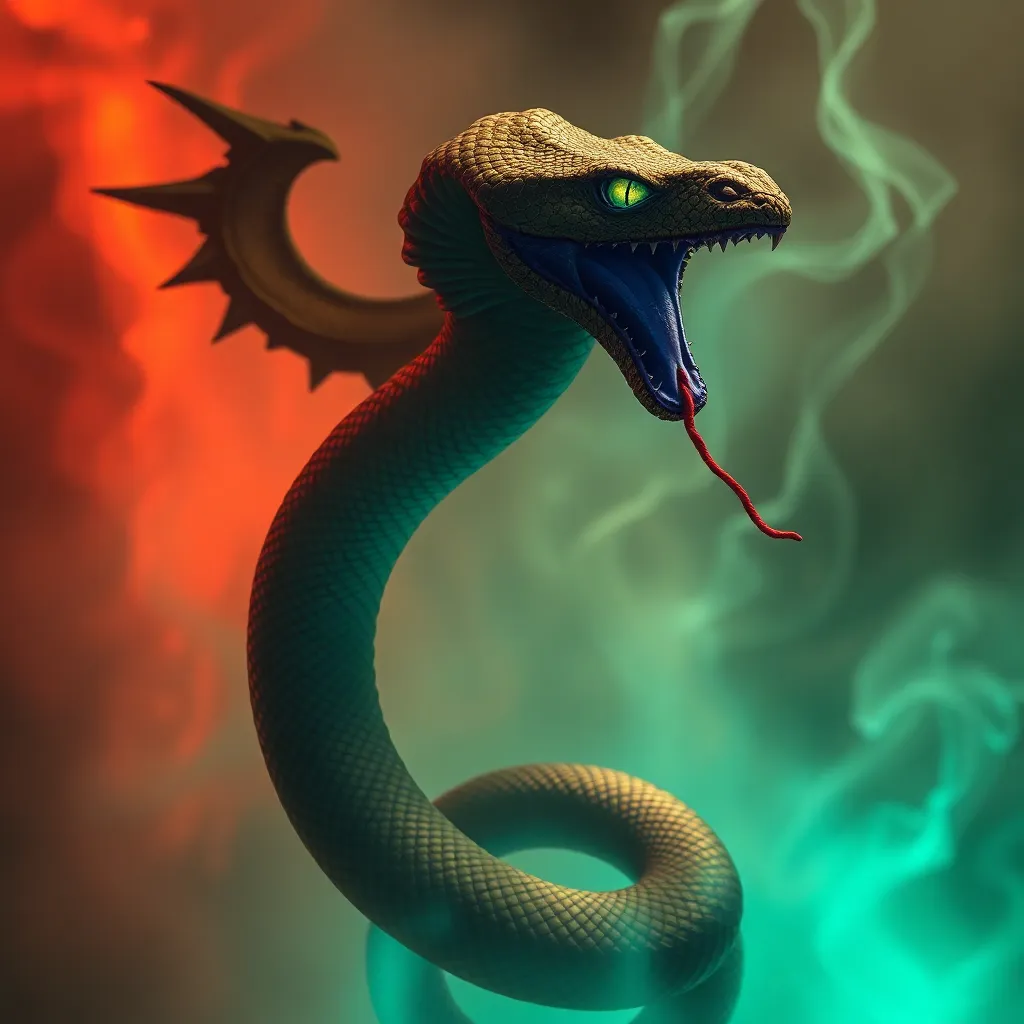Orcish Origins: Tracing the Roots of Orcish Ancestry Across Mythologies
I. Introduction
Orcs have captured the imaginations of audiences across various forms of media, from literature to video games and films. Often portrayed as brutish and aggressive creatures, their representation has evolved significantly over the years. Understanding the origins of orcs not only provides insight into their character but also reflects the societal fears and cultural narratives of different times and places.
This article aims to explore the roots of orcish ancestry across multiple mythologies, tracing their development from ancient times to modern interpretations. By examining the historical context, cultural significance, and symbolic meanings of orcs, we can gain a deeper appreciation for these complex beings.
II. The Historical Context of Orcish Myths
Orc-like beings have appeared in various ancient civilizations, often embodying traits that reflect the fears and challenges of the societies that created them. The following points illustrate some key historical contexts:
- Many ancient cultures depicted monstrous beings in their folklore, often resembling the modern concept of orcs.
- Traits such as strength, ferocity, and a connection to the wilderness were frequently associated with these creatures.
- The orc archetype has evolved, influenced by changing societal norms and narratives over time.
III. Orcs in European Folklore
The roots of orcish mythology can be traced back to Norse and Germanic legends. These early stories laid the foundation for how orcs would be portrayed in later literature:
- Norse Mythology: Creatures like trolls and giants in Norse myths bear similarities to modern orcs, often depicted as antagonists to the gods and heroes.
- Medieval Literature: Works such as Beowulf introduced monstrous beings that share characteristics with orcs, including their brutish nature and affinity for violence.
- Key Figures: Characters like Grendel from Beowulf exemplify the traits that would be later associated with orcs, including their strength, isolation, and antagonism towards humanity.
IV. Orcish Ancestry in Asian Mythologies
Orc-like creatures are not exclusive to European folklore; they also appear in various Asian mythologies:
- Japanese Oni: These demons share physical and behavioral traits with orcs, often depicted as fierce and grotesque beings that bring misfortune.
- Chinese Demons: Similar to Oni, Chinese folklore features a variety of demons that embody chaos and destruction, akin to the modern portrayal of orcs.
- These cultural representations contribute to a broader understanding of the orc archetype, showing how different societies interpret similar fears and challenges.
V. Orcs in Indigenous Mythologies
Exploring orc-like creatures in indigenous mythologies reveals a rich tapestry of beliefs and narratives:
- Native American Folklore: Many tribes speak of malevolent spirits or creatures that resemble orcish traits, often serving as warnings against human vices.
- African Myths: Various African cultures have tales of monstrous beings that could be seen as parallels to orcs, embodying the fears of the unknown or the wilderness.
- Environmental factors play a significant role in shaping these myths, as the creatures often reflect the challenges posed by nature and survival.
VI. The Modern Fantasy Genre and Orcs
J.R.R. Tolkien’s works significantly popularized the modern concept of orcs, presenting them in a way that would influence countless adaptations:
- Tolkien’s Legacy: In “The Lord of the Rings,” Tolkien portrayed orcs as corrupted beings, reflecting themes of war, evil, and loss of humanity.
- Adaptations: Subsequent media, including video games like “Warcraft” and films such as “The Hobbit,” have expanded upon Tolkien’s vision, often portraying orcs in a more nuanced manner.
- Contemporary adaptations have introduced complex narratives, where orcs sometimes serve as protagonists or sympathetic characters, diverging from their traditional roles as mere villains.
VII. The Symbolism of Orcs Across Cultures
Orcs embody various symbolic meanings across cultures, reflecting societal fears and anxieties:
- As representations of societal fears: Orcs often symbolize the darker aspects of humanity, such as violence, barbarism, and the fear of the ‘other.’
- Duality of orcs: They are frequently portrayed as both villains and misunderstood creatures, allowing for narrative depth and complexity.
- Significance in storytelling: The evolution of orcish ancestry continues to resonate in modern narratives, addressing themes of identity, conflict, and redemption.
VIII. Conclusion
In summary, the origins of orcs are deeply rooted in diverse mythologies across the globe. From ancient civilizations to contemporary literature, orcs have evolved, reflecting the cultural narratives and societal fears of their times. As we continue to explore these themes, the ongoing evolution of orcish mythology invites further research and exploration in both fantasy and folklore.
Understanding the complex ancestry of orcs not only enhances our appreciation for these characters but also sheds light on the human experience, as represented through the lens of mythology and storytelling.



